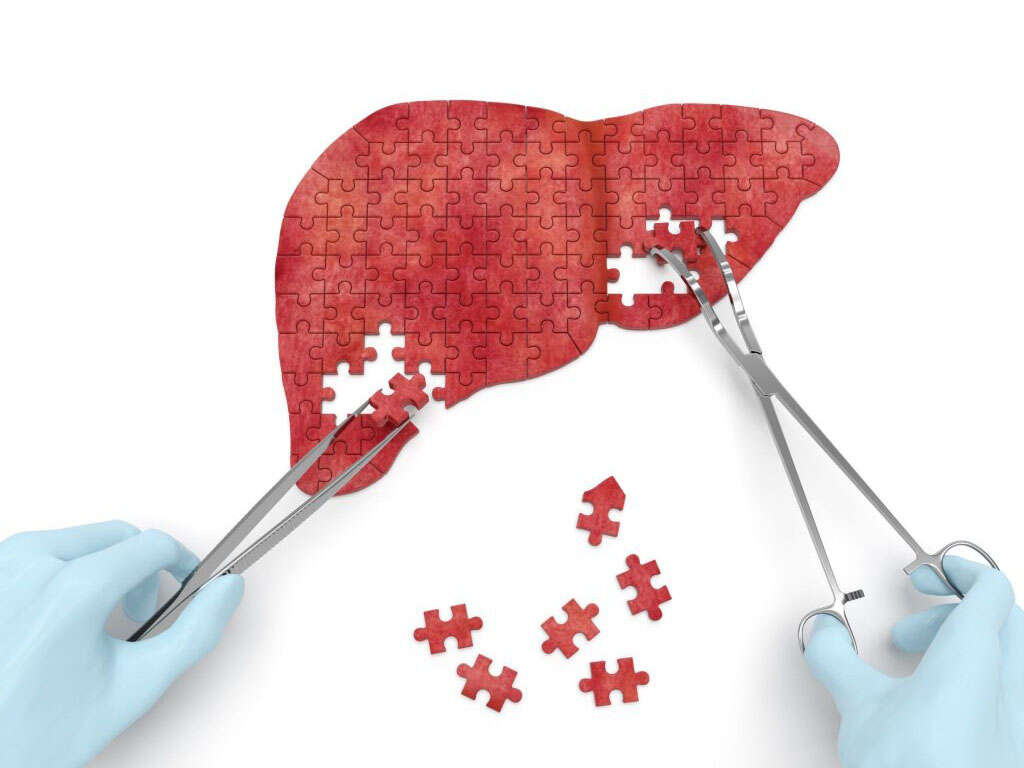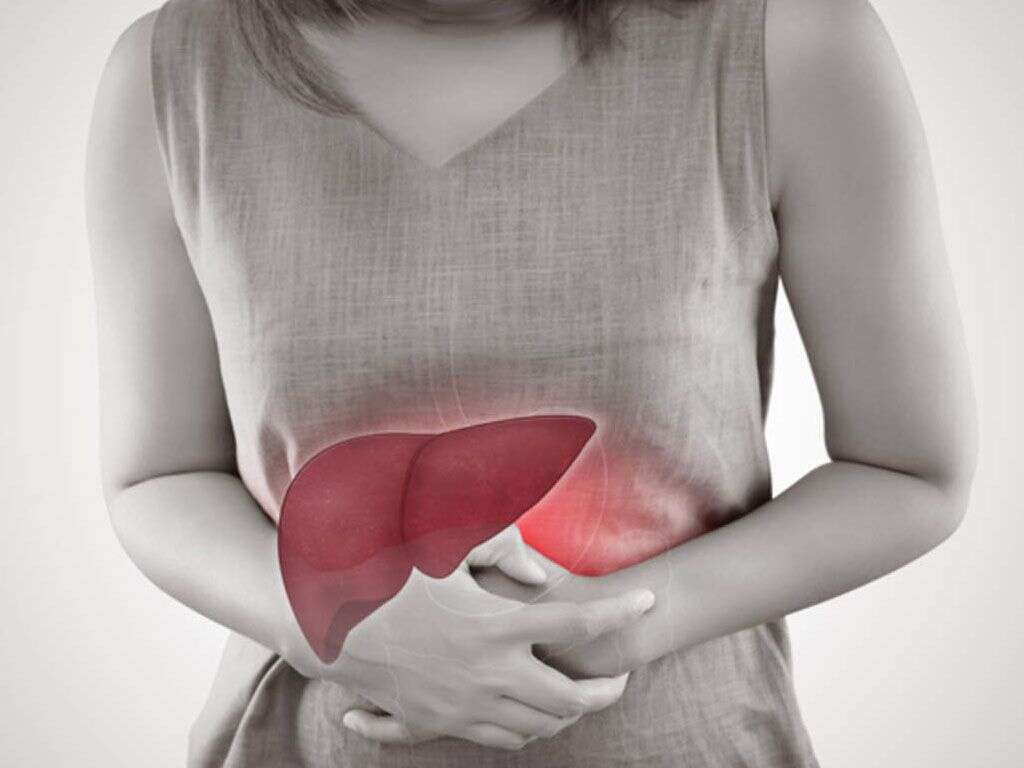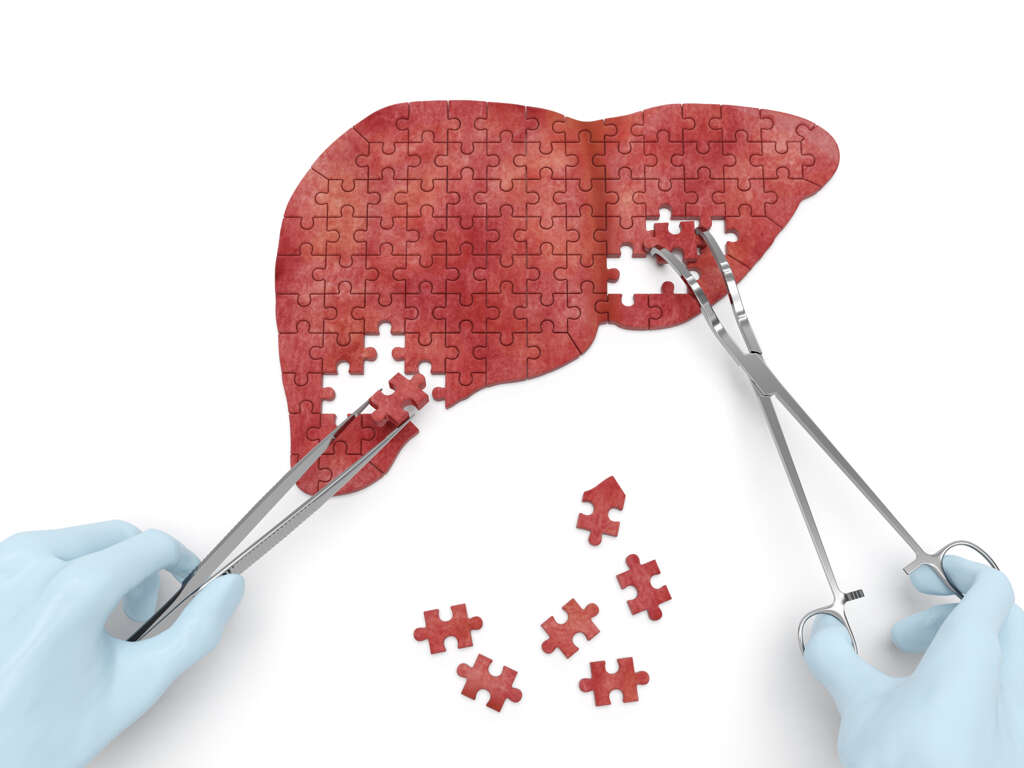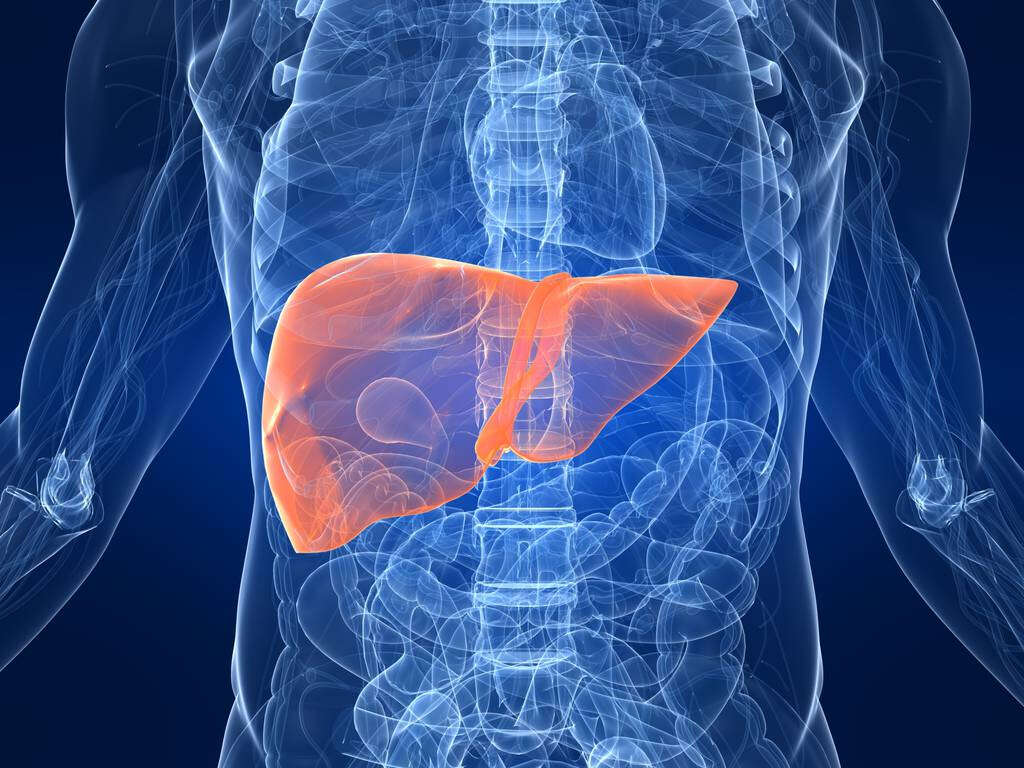What Is Cirrhosis?
5. How Is Cirrhosis Diagnosed?
A physical exam that includes a complete medical history and blood work is a first step in diagnosing cirrhosis. Doctors will look for a history of infection or conditions that increase the risk of liver damage. Labs can detect abnormal levels of liver enzymes, proteins and bilirubin that indicate that the liver is not functioning optimally.
Other tests may be able to determine an underlying cause for decreased liver function. Imaging tests, including MRIs, CT scans and ultrasounds can help detect fat deposits on the liver. A specialized ultrasound, called transient elastography, measures fat by examining the stiffness of the liver. In some cases, a biopsy may be needed to determine how much scarring is present.
Advertisement












